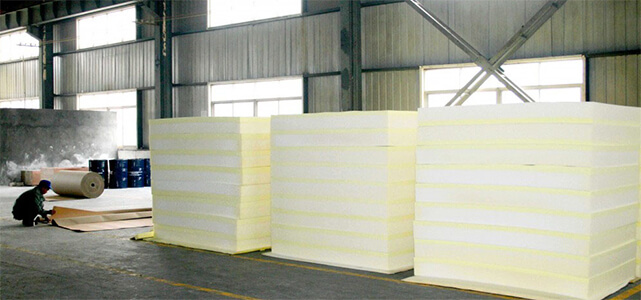Mattress foam comes in multiple different types: memory foam, polyurethane, and latex. Memory foam is a type of polyurethane foam that has lower resistance so it reacts and slowly reforms when pressure is released. It generally makes up the surface layers of a mattress.
Polyurethane comes in multiple different forms - making it useful in the middle and base layers of many foam and memory foam mattresses.
Latex is the natural alternative to memory foam and polyurethane foams. It is created from sap from a rubber tree and is treated to create different densities to cover both soft and firm requirements. Like rubber, it is highly responsive and has a bounce that some sleepers love and some others hate.
Pros: Depending on the foam type, it can be quite comfortable, safe, and responsive.
Cons: Lower quality foams can break down quickly, causing sagging issues within only a few months or years.
Overall Score: 9.3/10
Comfort: 9.4/10
Softness: 9.5/10
Heat: 8/10
Hypoallergenic: 8.1/10
Odor: 8.4/10
Eco-Conscious: 8.5/10
General Support: 8.7/10
Price Value: 9.4/10
Memory foam and polyurethane is a polymer created during a chemical reaction between polyol and diisocyanate (two chemicals created from organic compounds). The ratio of polyol to diisocyanate is 2:1 to form polyurethane, though there may be other compounds that are added to create just the right amount of elasticity and density for each piece of foam. Latex foam is created by harvesting sap from the rubber tree, and then heating it at a certain density to create the foam.
Foam has wide uses in mattresses and bedding. Memory foam is often used in pillows and the top layers of mattresses, while denser foams are used in the support layers. Latex is used in pillows and in all mattress layers.

